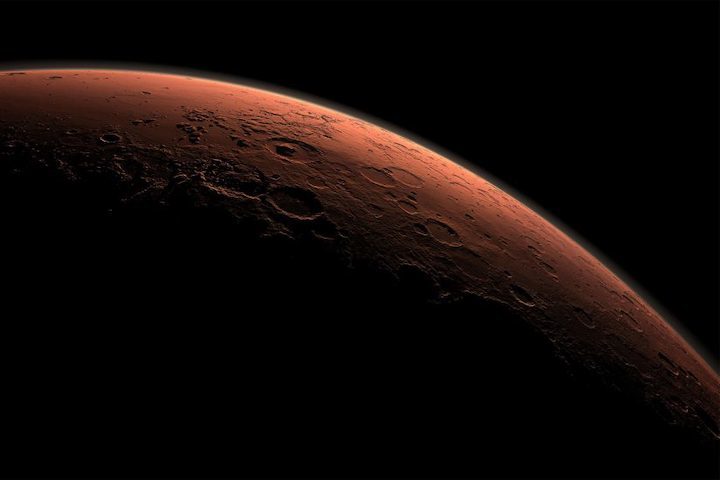29.03.2019
The scientists’ new study suggests the deep groundwater could still be active, and in a broader geographical area than previously considered.

Research from the USC Arid Climate and Water Research Center suggests deep groundwater on Mars could still be active and creating surface streams in some near-equatorial areas on the planet.
In mid-2018, researchers supported by the Italian Space Agency detected the presence of a deep-water lake on Mars under its south polar ice caps. Now, the researchers at USC have determined that groundwater likely exists in a broader geographical area than just the poles of Mars and that there is an active system, as deep as 750 meters, from which groundwater comes to the surface through cracks in the specific craters they analyzed.
USC research scientist Essam Heggy, a member of the Mars Express sounding radar experiment MARSIS probing the Mars subsurface, and co-author Abotalib Z. Abotalib, a postdoctoral research associate at USC, studied the characteristics of the planet’s recurring slope linea, which are akin to dried, short streams of water that appear on some crater walls.
Scientists previously thought these features were affiliated with surface water flow or close subsurface water flow, said Heggy, who added that the new research suggests that may not be true.
“We propose an alternative hypothesis that they originate from a deep pressurized groundwater source which comes to the surface moving upward along ground cracks,” he said.
Water on Mars: Similarities here on Earth
Abotalib, the paper’s first author, noted that their research in desert hydrology helped lead to this conclusion.
“We have seen the same mechanisms in the North African Sahara and in the Arabian Peninsula, and it helped us explore the same mechanism on Mars,” he said.
The two scientists concluded that fractures within some of Mars’ craters enabled water springs to rise up to the surface as a result of pressure deep below. These springs leaked onto the surface, generating the sharp and distinct linear features found on the walls of those craters.
Broader area for water on Mars?
The study, published Thursday in Nature Geoscience, suggests that groundwater might be deeper than previously thought in areas where such streams are observed on Mars. The findings suggest that the exposed part of these ground fractures are associated with these springs as the primary location candidates to explore Mars’ habitability. Their work also recommends that new probing methods be developed to study these fractures.
The paper, “A deep groundwater origin for recurring slope linea on Mars,” is the first Mars paper by the newly created water research center at USC. The work is funded under the NASA Planetary Geology and Geophysics Program.
Quelle: University of Southern California
